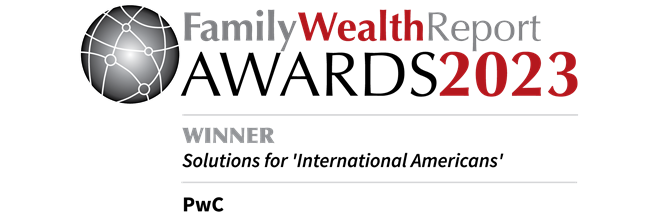{{item.title}}
{{item.text}}

{{item.text}}
Taxpayers are entering 2026 with a more predictable tax environment and renewed planning opportunities. Following several significant federal tax changes in recent years, the One Big Beautiful Bill Act (OBBBA), enacted on July 4, 2025, introduced a number of updates to the tax landscape, providing a clearer framework for high net worth individuals, families, and business owners to plan under enacted law with greater clarity.
This year’s guide shares insights to help you evaluate the implications of these changes on your long-term financial strategies and support proactive, ongoing planning discussions with your advisors. Our goal is to equip you with information that can help you make thoughtful decisions aligned with your personal and family objectives—at a time when tax policy, economic conditions, and global markets continue to evolve.
Consult your financial and tax advisors to explore tax planning strategies based on your unique circumstances. Our guide can be used as a reference for these conversations.
Effective tax planning is a foundation of long-term wealth management, but managing and protecting wealth in today’s complex environment is far from simple. Many families rely on a family office structure to centralize estate and tax planning, investment oversight, legal support, and administrative needs—often enhancing privacy, efficiency, and coordination across advisors.
As family offices grow in popularity, institutions have expanded their offerings to meet rising demand. With more options available, selecting the appropriate services and the right provider can be challenging. A practical starting point is a clear understanding of your family’s unique personal and financial goals.
Preserving a family enterprise across generations requires thoughtful, forward-looking planning. While there are many ways to transition a family enterprise, an enduring legacy begins with understanding family values and defining a shared purpose. This alignment can help unify family members involved in—and outside of—the business.
Planning for a smooth transition can play an important role in long-term success. When families ground decisions in a shared vision, they may be able to navigate succession in a way that helps address both personal legacies and the overall health of the business.
PwC's trusted guide to tax and wealth planning is updated annually to provide tax planning insights that may help you manage your wealth, understand key tax considerations, and explore planning opportunities. The guide covers a range of tax-related topics and policies and offers information on setting up and maintaining a family office, along with strategies that may support business continuity and succession planning in family businesses.
We continuously monitor tax policy developments in Washington, D.C. and share updates as they evolve. For the latest insights, please visit PwC’s tax research and insights webpage.
We invite you to engage with us as you explore the content presented in our guide. Our specialists are available to discuss how the strategies described may be tailored to your specific needs and goals.
PwC is recognized for helping individuals and families to manage various complexities and country jurisdictions as cross-board liaisons, thanks to our global network of firms and experience covering 150+ jurisdictions.
{{item.text}}

{{item.text}}



